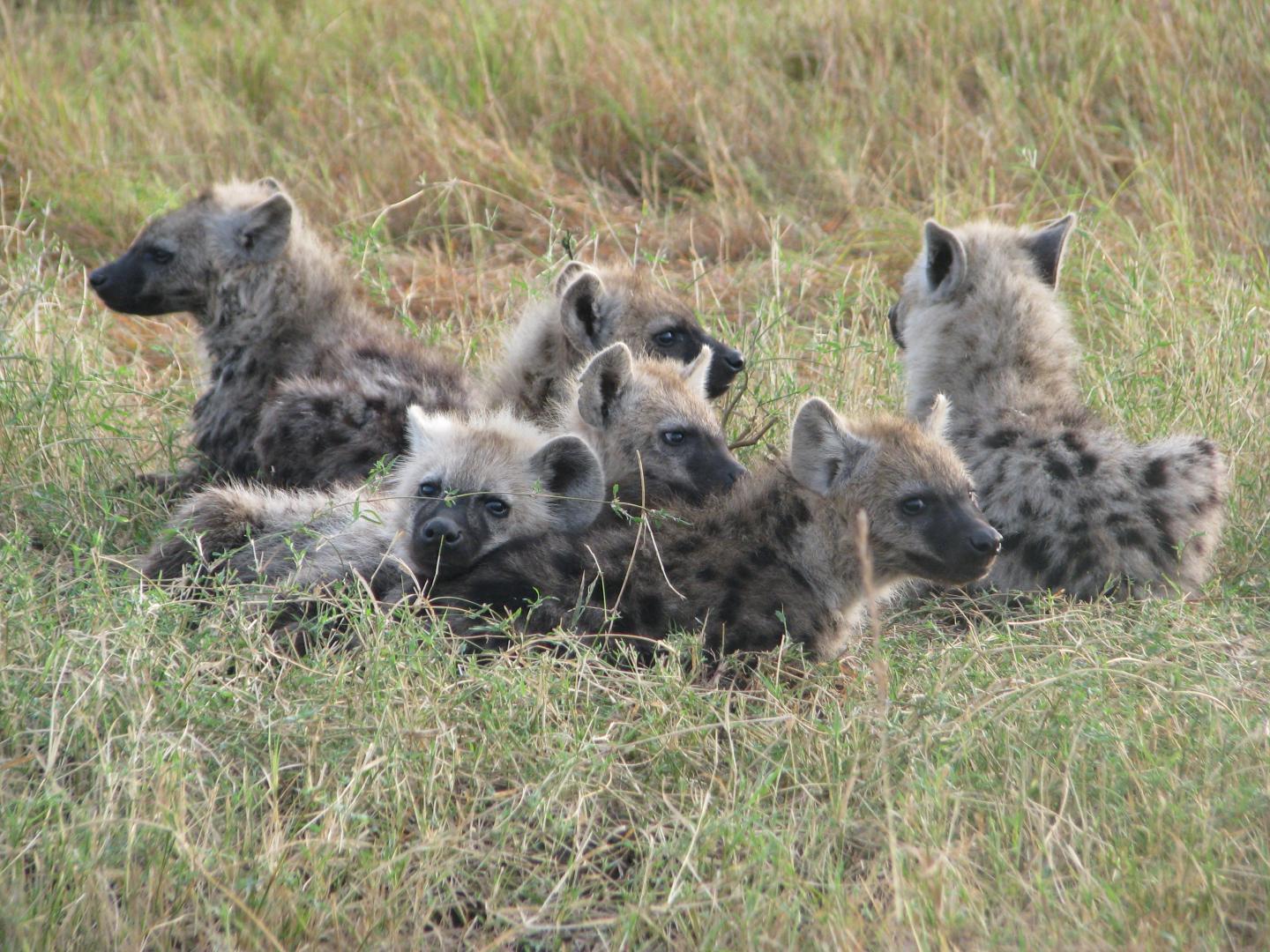From honeybee hives to human families- there are several representations of cooperation around us, but we can still find many examples of selfishness and conflict in nature. Researchers, for a long time, have studied the conditions that lead to cooperation humans- trying to understand the reasons behind workplace dynamics, charitable giving, animal behaviour, and international relations.
The basic principal of these studies says that when individuals sense that they will be benefited by interacting generously with others in a social network, it often leads to the emergence of cooperative behaviour, but scientists have also observed that social networks are rarely fixed. Is it possible for the structure of the network to alter itself as individuals inside that network become more cooperative?
A new study done by the University of Pennsylvania’s School of Arts and Sciences talks about how an evolving social group affects the possibility of cooperation in a theoretical social group. Erol Akçay, assistant professor of biology in Penn’s School of Arts and Sciences, led the study which was recently published in the journal Nature Communications.
Akçay found that though networks where the connected individuals shared a close relationship- they may also give rise to a feedback loop that can change the structure of the network and become the cause of the cooperation’s collapse.
“We know from a half-century of study that cooperation is quite easy to evolve in principle,” said Akçay, “in the sense that there are many, many sets of conditions that can make cooperative behaviors a better strategy than non-cooperative behaviors. So given that, why isn’t the world a cooperative paradise? Because we know it isn’t.”
Akçay’s theoretical work indicates the reason behind this could be that the social structure which was responsible for the high standards of cooperation might not prove to be stable in this type of a cooperative environment. Still, Akçay’s model proposes that if the benefits of a generous behaviour are terrific enough- cooperation will keep up.
Akçay previously- along with former postdoctoral researcher Amiyaal Ilany, who is now a faculty member at Bar-Ilan University- devised a mathematical model of how individual animals acquire their social connections from their parents. In his new work, Akçay worked further on the previous model and added an aspect of choice: individuals in the network could now choose to connect with a parent’s connection, or they could choose to connect with any individual apart from their parent’s connections randomly.
He then assigned each individual the role of either a cooperator or a defector. Cooperators provide something in return to every link they make whereas the defectors don’t. Akçay found that groups where random linking (connections which are not made through a parent) was low, had more chances of seeing cooperation arise because they gave rise to high relatedness between connected individuals of a network.
Akçay also reported that the probability of forming connections through a parent had little effect on cooperation, but when the model continued to function, he found something peculiar. “If you suddenly find yourself in a population where most individuals are cooperators,” explained Akçay, “then you shouldn’t be selective about who you connect to, you should just make links with anyone who comes along.”
To summarize what he wanted to say is that in a network which is mostly cooperative, forming random links are just as important as only forming links through your parents. “If everyone is handing out candy,” added Akçay, “you should just go collect candy from everyone without being too selective about the connection.”

